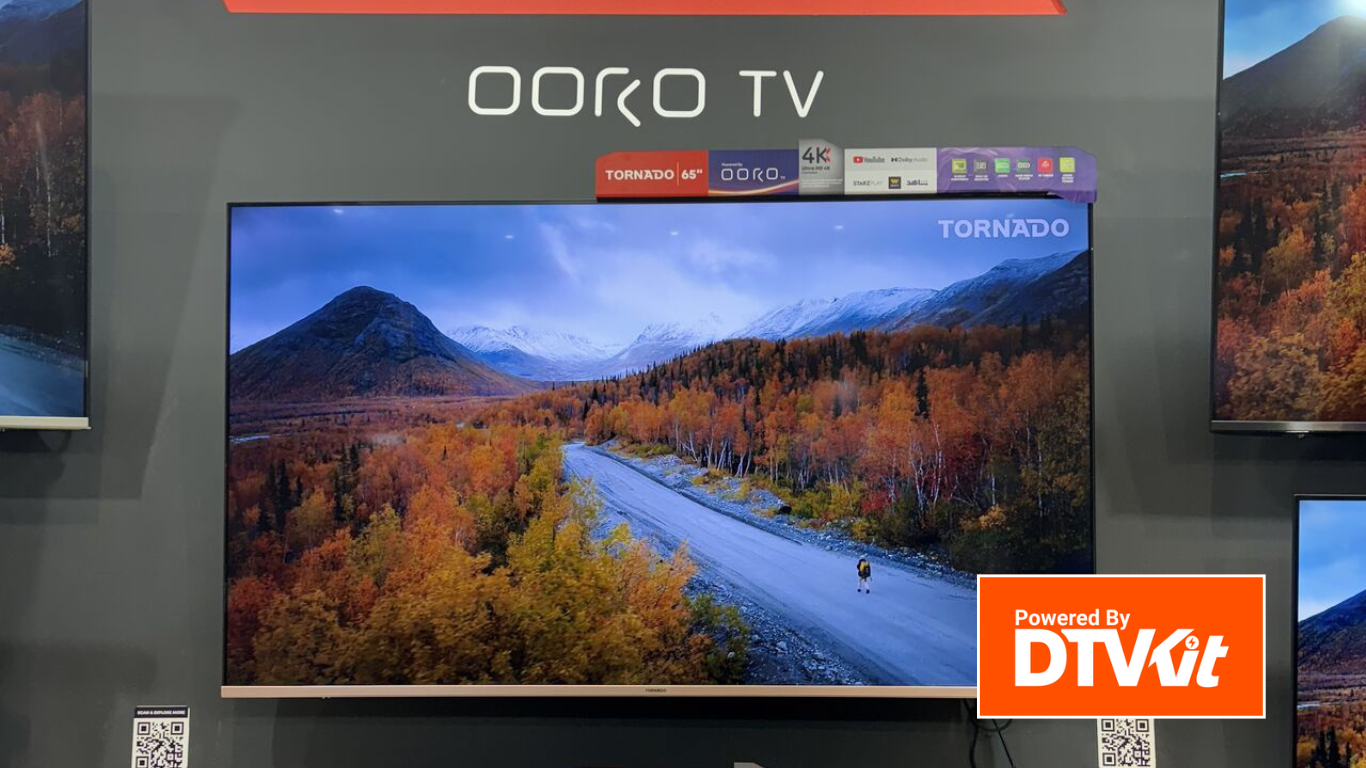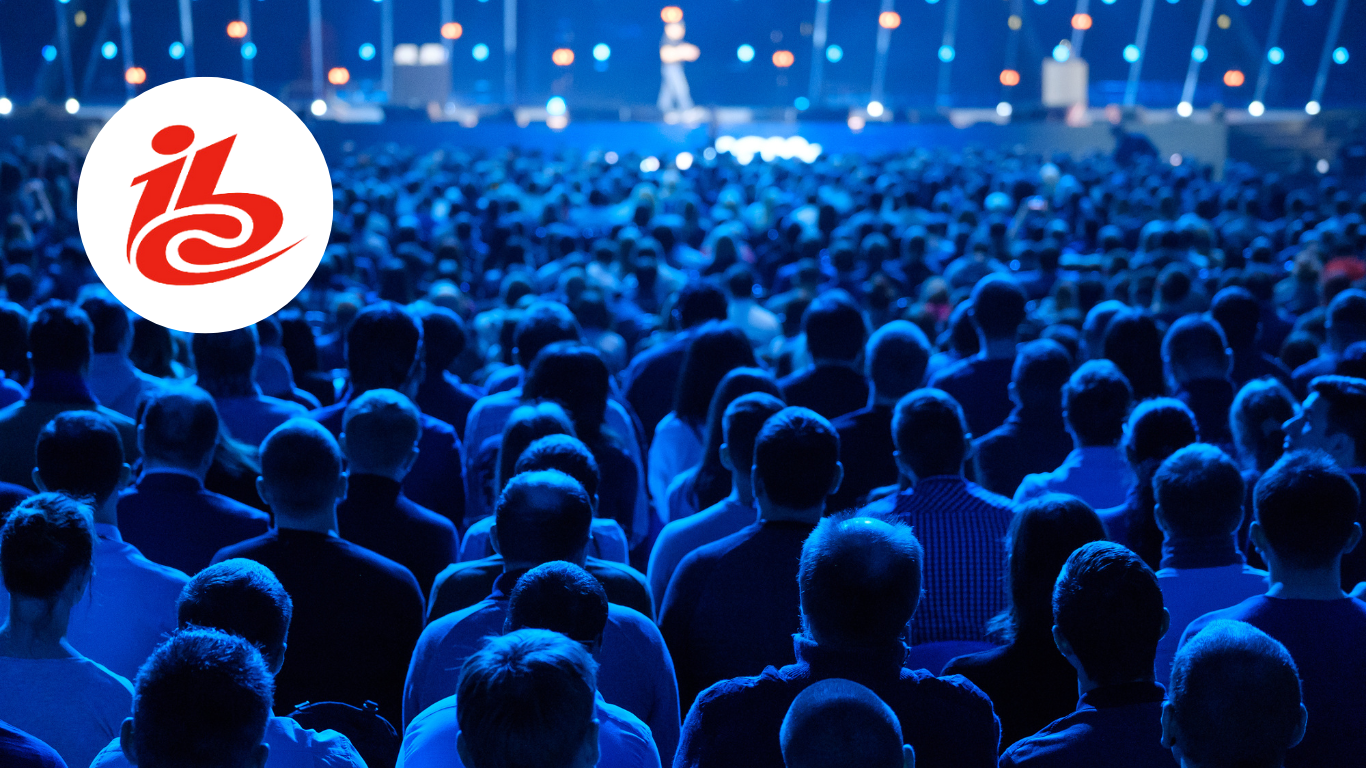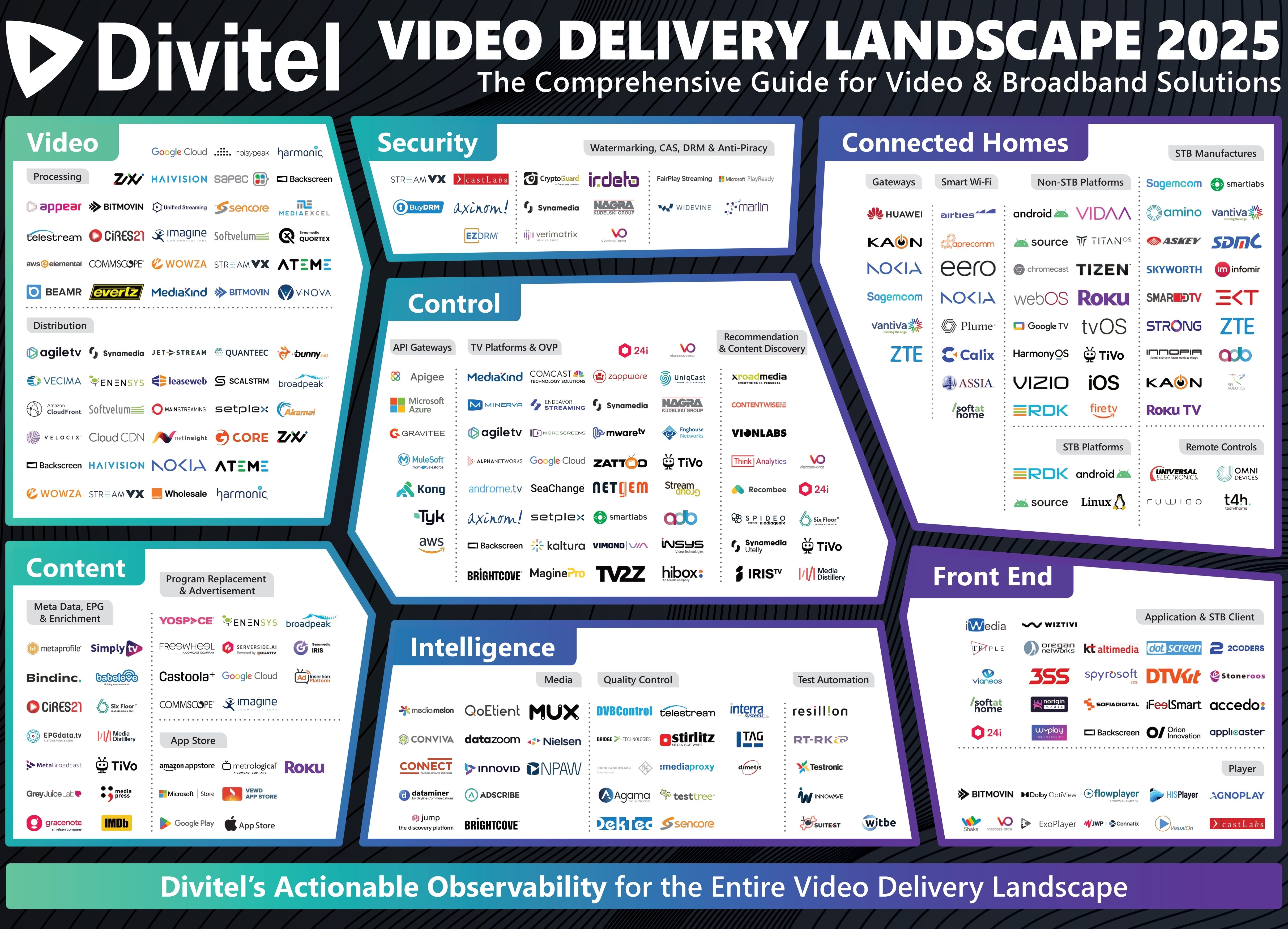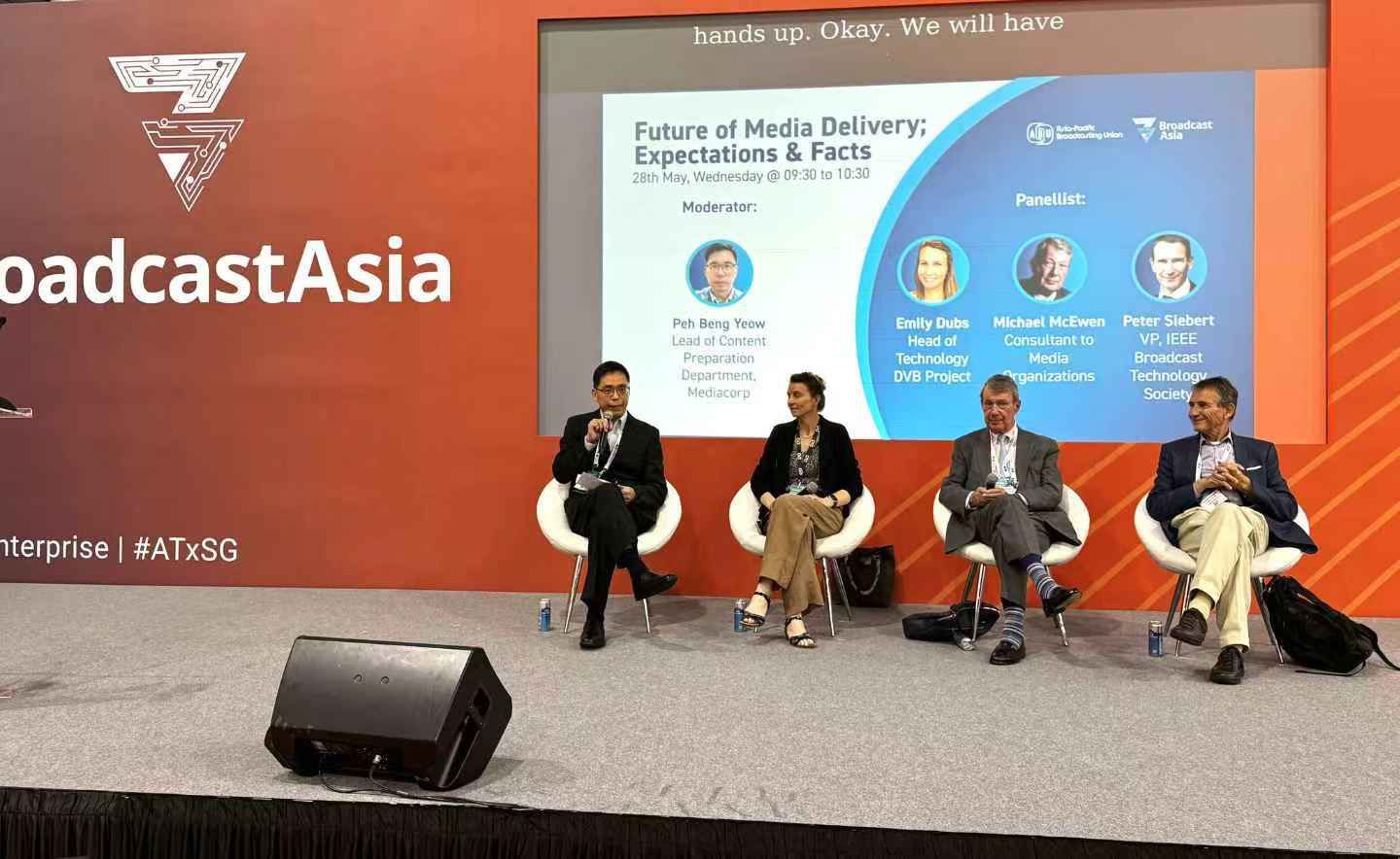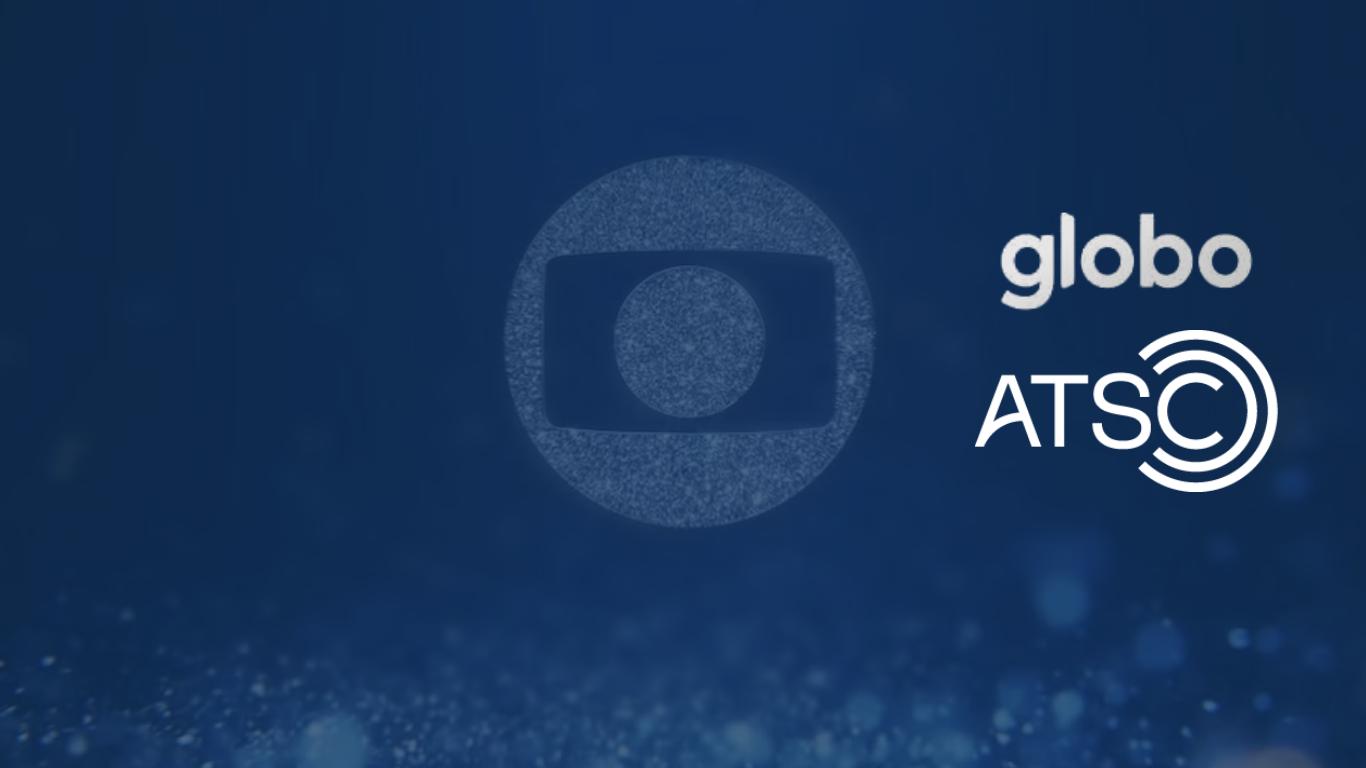The set-top box (STB) industry has a rich history that dates back to the 1980s, when cable television first became popular. Since then, the industry has gone through several significant changes, with new technologies and services emerging every few years. In this article, we will take a closer look at the history and timeline of the set-top box industry and explore two of the most popular software platforms in use today – RDK and Android TV.
1980s - Cable TV and the First STBs
In the 1980s, cable television became increasingly popular, and a new device was needed to receive these signals. The first set-top boxes were developed during this time, and they were often bulky and expensive. These early STBs were primarily used to provide basic cable services, such as the ability to receive more channels than traditional broadcast television.
1990s - Digital STBs
The 1990s saw the emergence of digital set-top boxes, which replaced the analog devices that were prevalent in the 1980s. Digital STBs were more compact and affordable than their analog counterparts, and they provided better picture and sound quality. These devices were also capable of providing more advanced services, such as pay-per-view and video-on-demand.
2000s - DVR and HD STBs
The 2000s saw the rise of two major advancements in the set-top box industry: digital video recorders (DVRs) and high-definition (HD) STBs. DVRs allowed users to record television programs and watch them later, which was a significant advancement over traditional VCRs. HD STBs provided higher resolution picture quality, making television watching a more immersive experience.
2010s - Smart STBs and Streaming Devices
The 2010s saw the rise of smart set-top boxes and streaming devices. These devices provided access to online content, such as streaming services like Netflix and Hulu, as well as online video platforms like YouTube. Smart STBs and streaming devices also allowed users to access other online services, such as social media and web browsing.
RDK and Android TV
In recent years, the set-top box industry has seen the emergence of two major software platforms – RDK and Android TV.
RDK (Reference Design Kit) was developed by Comcast in 2012 as an open-source software platform for STBs, and it has since been adopted by many other cable and telecom companies worldwide. RDK provides a common software framework for STBs, enabling faster time-to-market for new devices and services. RDK also includes advanced features such as voice control and cloud integration, making it a popular choice among service providers.
Android TV, on the other hand, is a software platform developed by Google that is based on the Android operating system. Android TV is designed to be used with smart TVs and STBs, and it provides access to Google Play Store, enabling users to download and use a wide range of apps and games on their TV. Android TV also includes features such as voice search and Google Assistant integration, making it a popular choice among consumers.
Both RDK and Android TV have their own unique strengths and weaknesses, and they are often compared against each other in the industry. Both platforms are widely used, and they are expected to continue to evolve and compete with each other in the coming years.
The set-top box industry has come a long way since the 1980s, with many advancements and changes along the way. DTVKit remains committed to bringing up to date and new versions of all the very best DVB software. Find out what platforms we have, here.


